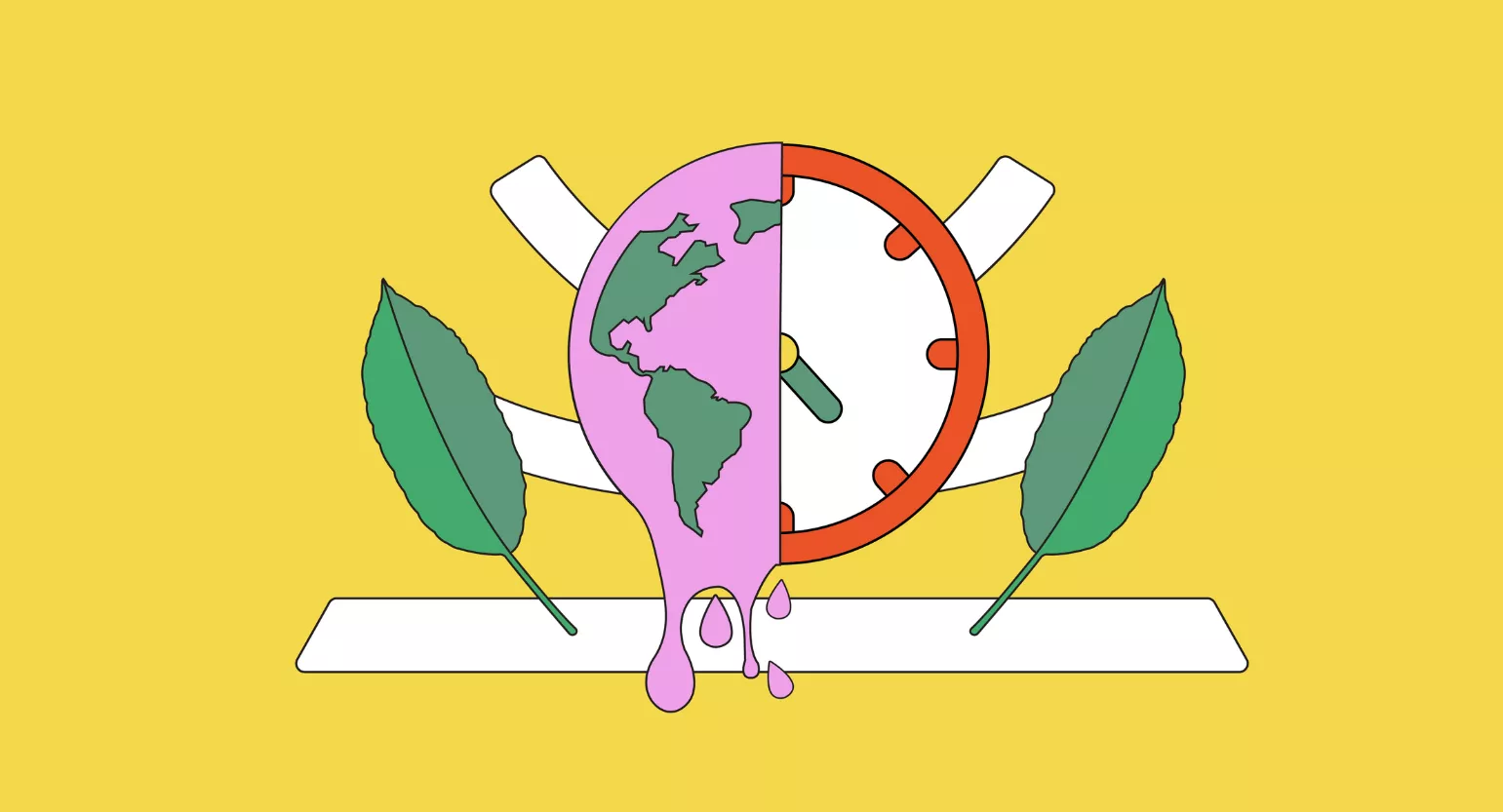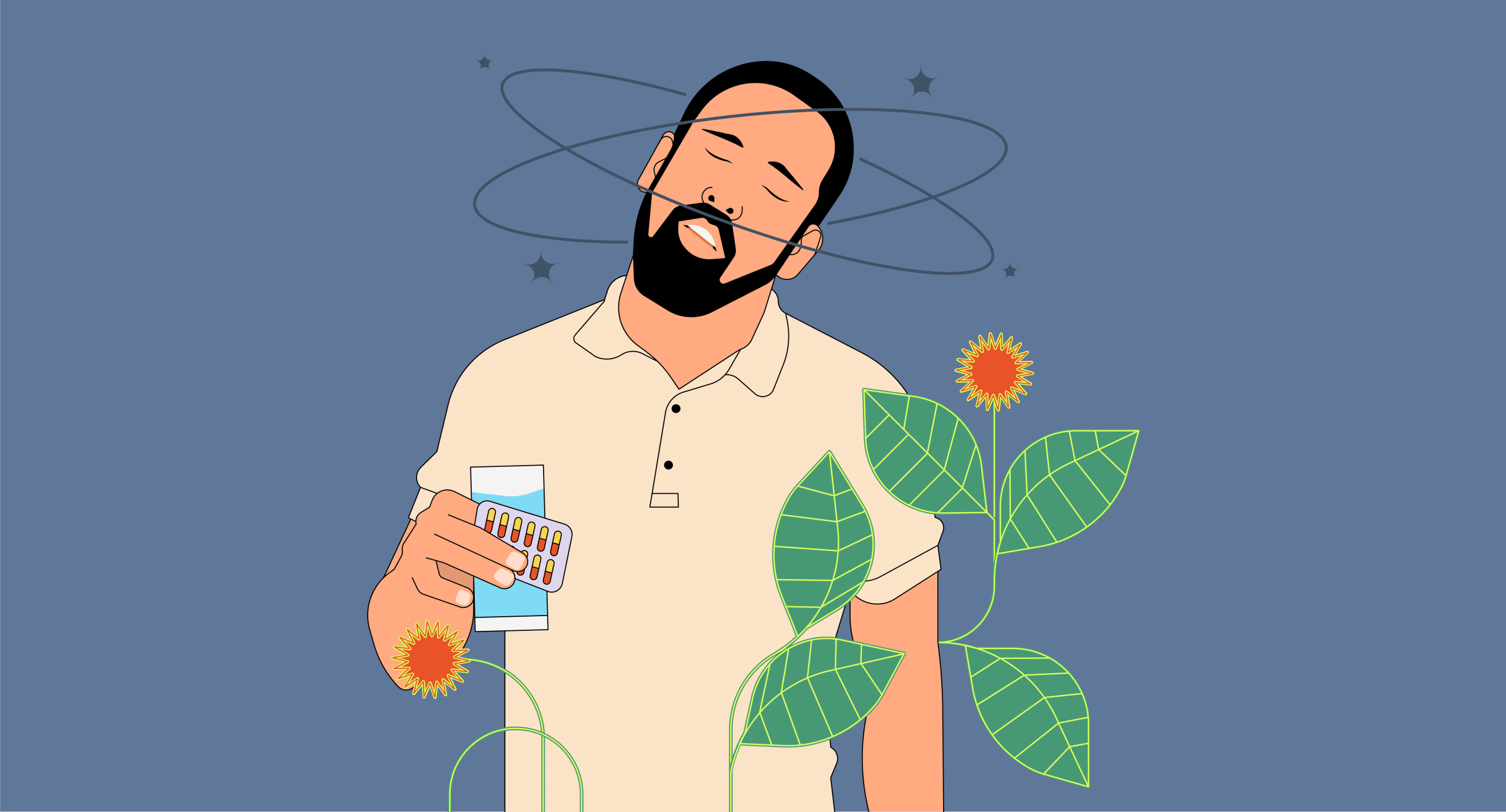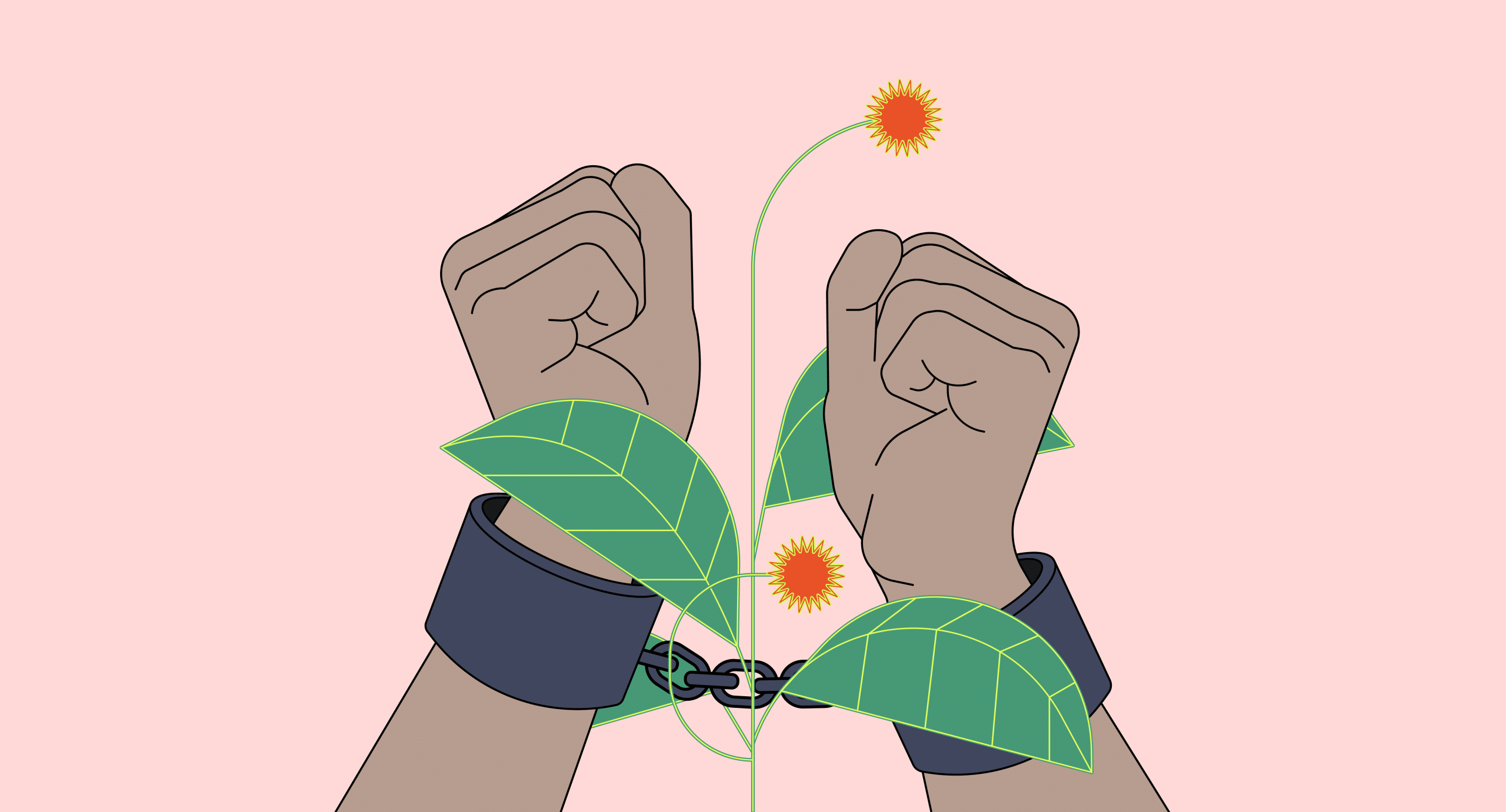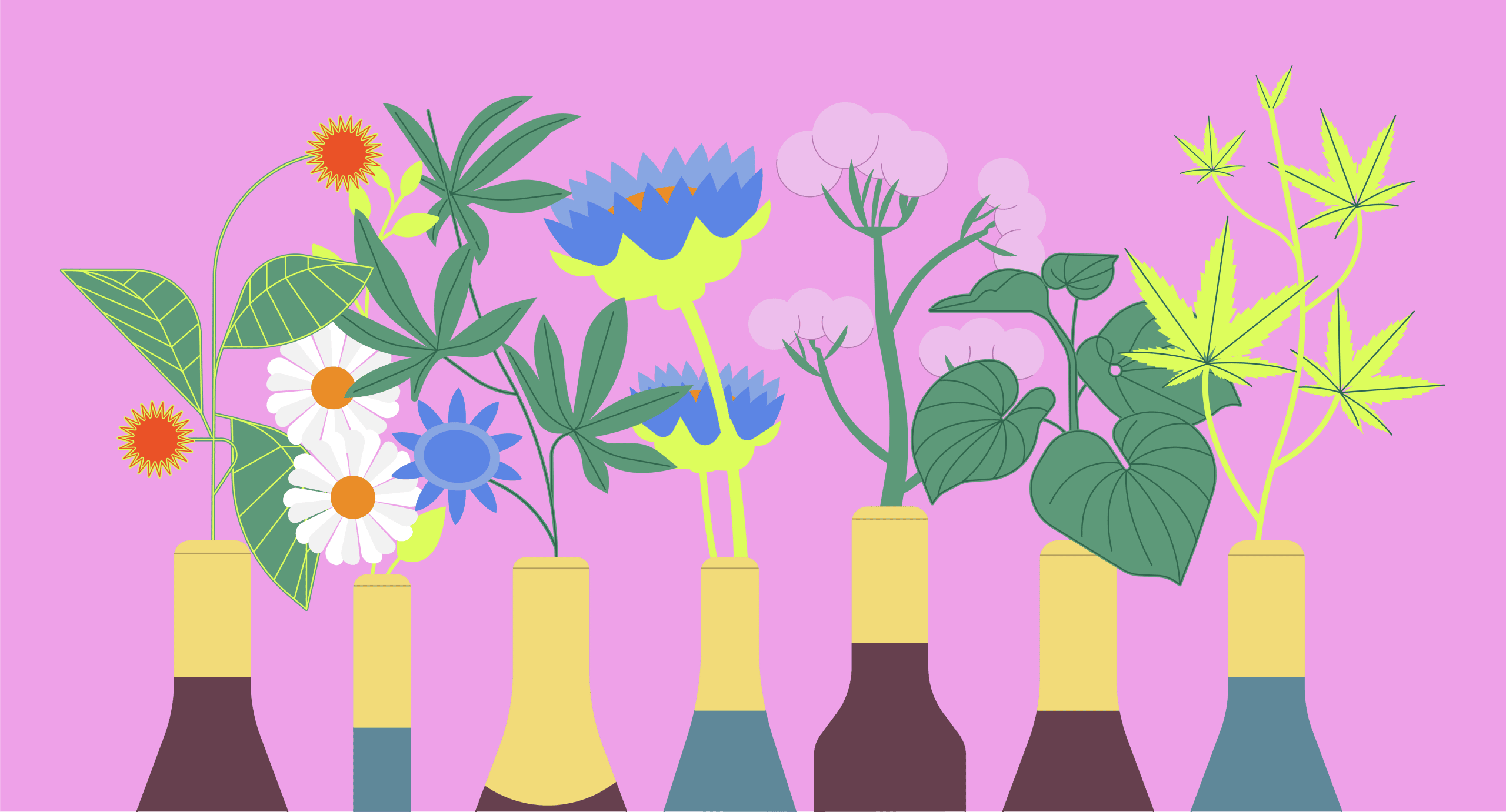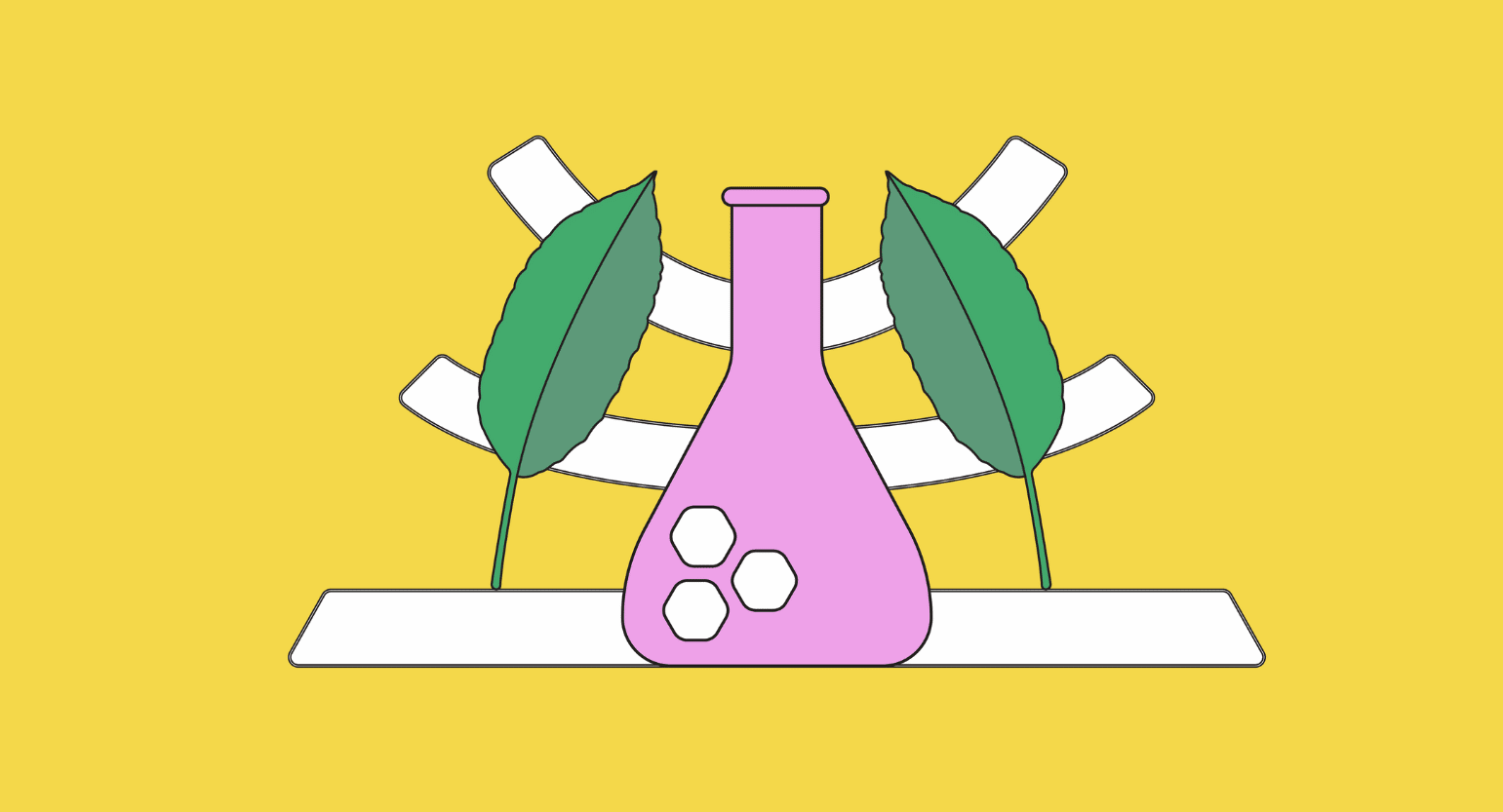How Kratom Could Impact Global Warming
The kratom industry is in an ever-changing world. As a result, many companies focus their efforts on “going green” and trying new methods to create improved, pure, safe, and effective products.
In addition to the many vendors actively trying to keep their products eco-friendly, consumers should also know that kratom farming positively impacts the environment.
Kratom trees naturally grow in substantial amounts in rainforests all over Southeast Asia. Allowing trees to grow in the rainforest harbors the habitats of many organisms, including other plants and animals, among offering many other benefits for our environment.
Since kratom grows in the rainforest, it gives individuals who wouldn’t be so keen on preserving the rainforest motivation to keep this environment intact.
Trees are critical to preventing climate change because when they grow, they absorb and sink the carbon dioxide that would otherwise contribute to global warming.
Related: How to Grow Kratom
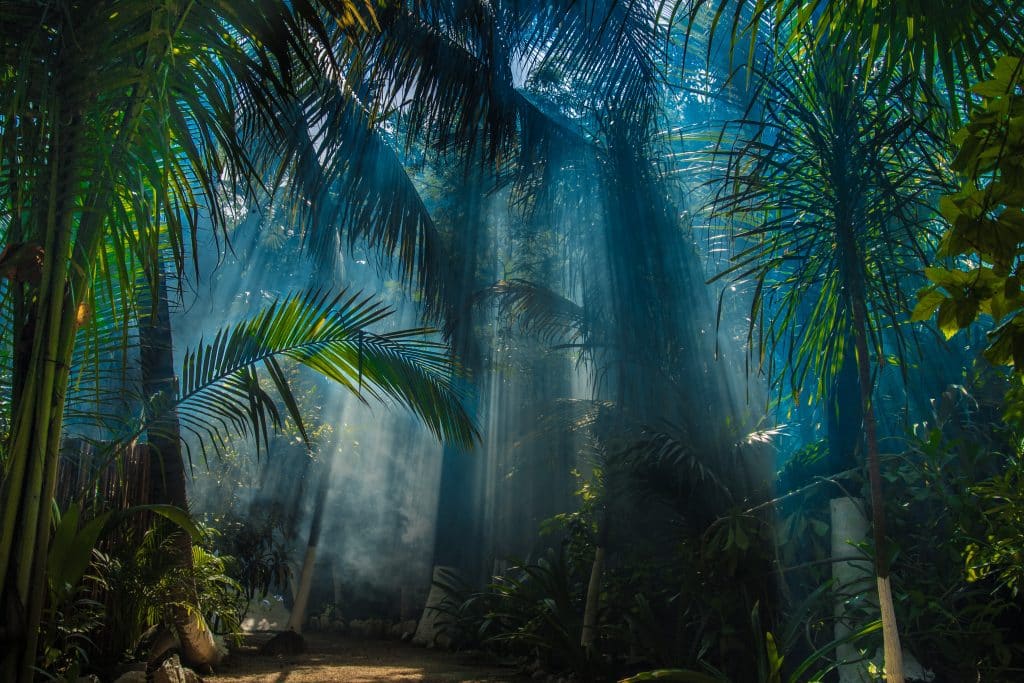
Why Keeping Trees in the Rainforest Is Important
To understand how the kratom industry may positively influence global warming, you have to understand why maintaining the rainforest is so essential.
The fact that a rapidly growing global market can help preserve trees in the rainforest is huge. The vivid, breathtaking beauty comes with massively diverse communities of plants and animals. Around 25% of modern medicines originate from tropical plants found within these forests.
That’s not all, though.
Rainforests play a significant role in keeping Mother Earth healthy and the climate stable by absorbing carbon dioxide and releasing oxygen — the oxygen humans and animals depend on for survival.
Rainforests also help maintain the earth’s water cycle. The trees draw water from the forest floor and release it into the atmosphere. This process adds moisture to the atmosphere via transpiration, which produces clouds.
Water created through rainforests travels all over the globe, and some scientists have even speculated that moisture generated in certain rainforests end up falling as rain in the United States.
This is just a small picture of how vital the rainforests in our world truly are and why the kratom industry is helping them flourish in a small way.
Rainforests do a fantastic job of storing water like a gigantic sponge — the Amazonian forests alone store over half of the entire world’s rainwater. Without rainforests and their ability to continuously cycle massive amounts of water, we would see a significant uptick in droughts, leading to widespread famine.
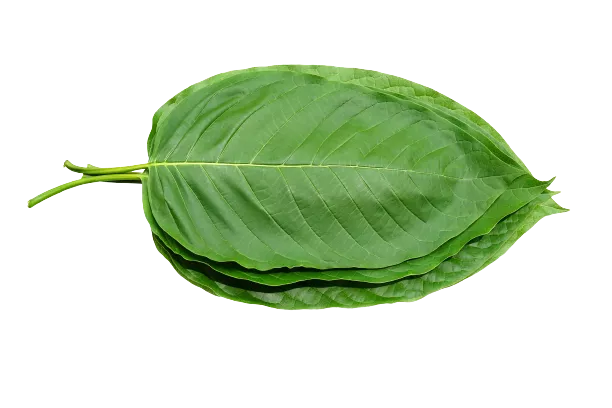
Eco-Friendly Kratom Products
Consumers are becoming more interested in natural and organic products, and kratom is no exception. As we move further into a kratom-friendly world, more people will be asking important questions about the products they choose to spend their money on.
Especially in times like these, where money isn’t worth what it used to be. If you’re going to spend your hard-earned cash, spend it on something worth it.
Understandably, consumers go after the companies that make it a goal to offer premium products that are climate-conscious throughout the entire process, from farming to the final package.
Search for keywords like “organic” or “100% free of pesticides & additives” if you’re seeking sustainable kratom companies. You’ll also want to dig deep and see what their mission statement looks like, as it will give you a lot of insight into whether or not they are transparent.
You will also want to purchase your kratom products from companies that openly list lab results. This gives you everything you need to know about the product you’ll be consuming, ensuring that it contains no heavy metals or toxins that could harm your health.
So many of us are looking for new, impactful ways to shop smarter and more sustainably. The world is our home, so many individuals take on the mindset that they want to do their part to keep it preserved and maintained. Others don’t mind too much.
A study from 2021 found that over a third of global consumers are willing to pay more for products safe for their environment.
Any eco-conscious consumer will take a long, hard look at the companies they choose to do business with.
The globalization of the kratom industry has caused demand to skyrocket, which has a positive impact on countries’ economies. While it wasn’t welcomed with open arms when it was introduced back in the 90s, it has become much more accepted and popular today.
Related: What’s the Cheapest Kratom?

Final Thoughts: Why The Kratom Industry May Have A Positive Impact On Global Warming
Keeping kratom in the rainforests encourages conservationism. Maintaining the rainforests is excellent for the environment, and kratom is doing its part.
The kratom industry will undoubtedly continue to expand over the years, and with this growth comes millions of kratom trees that will be preserved in Southeast Asian rainforests. These will continue to absorb CO2, release oxygen, and cycle water throughout our atmosphere.
Kratom trees do not have to be cut down for farmers to harvest their leaves. The leaves of the kratom tree grow and regrow through the entire year since it is an evergreen tree. When leaves reach maturity, they either fall off or are harvested beforehand.
Removing the leaves or harvesting them doesn’t damage the tree or ruin its ability to regrow its leaves, meaning that these trees last a lifetime in these forests.

